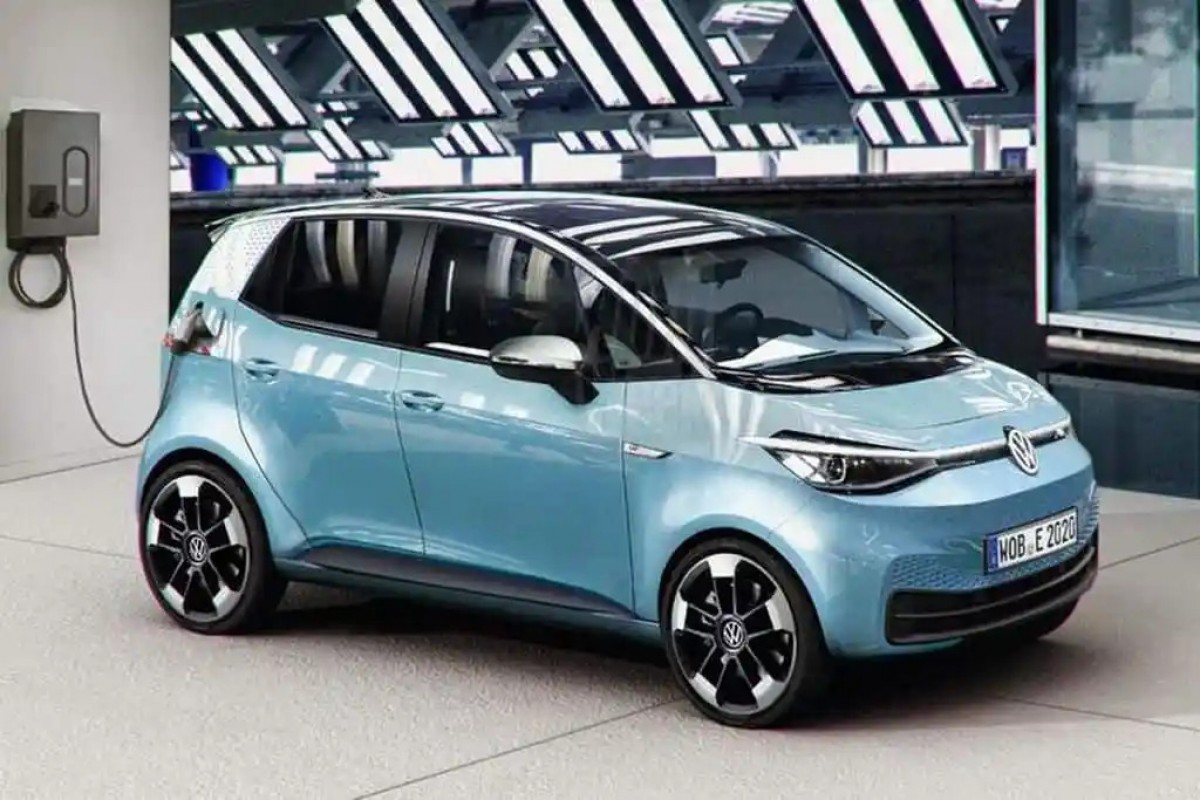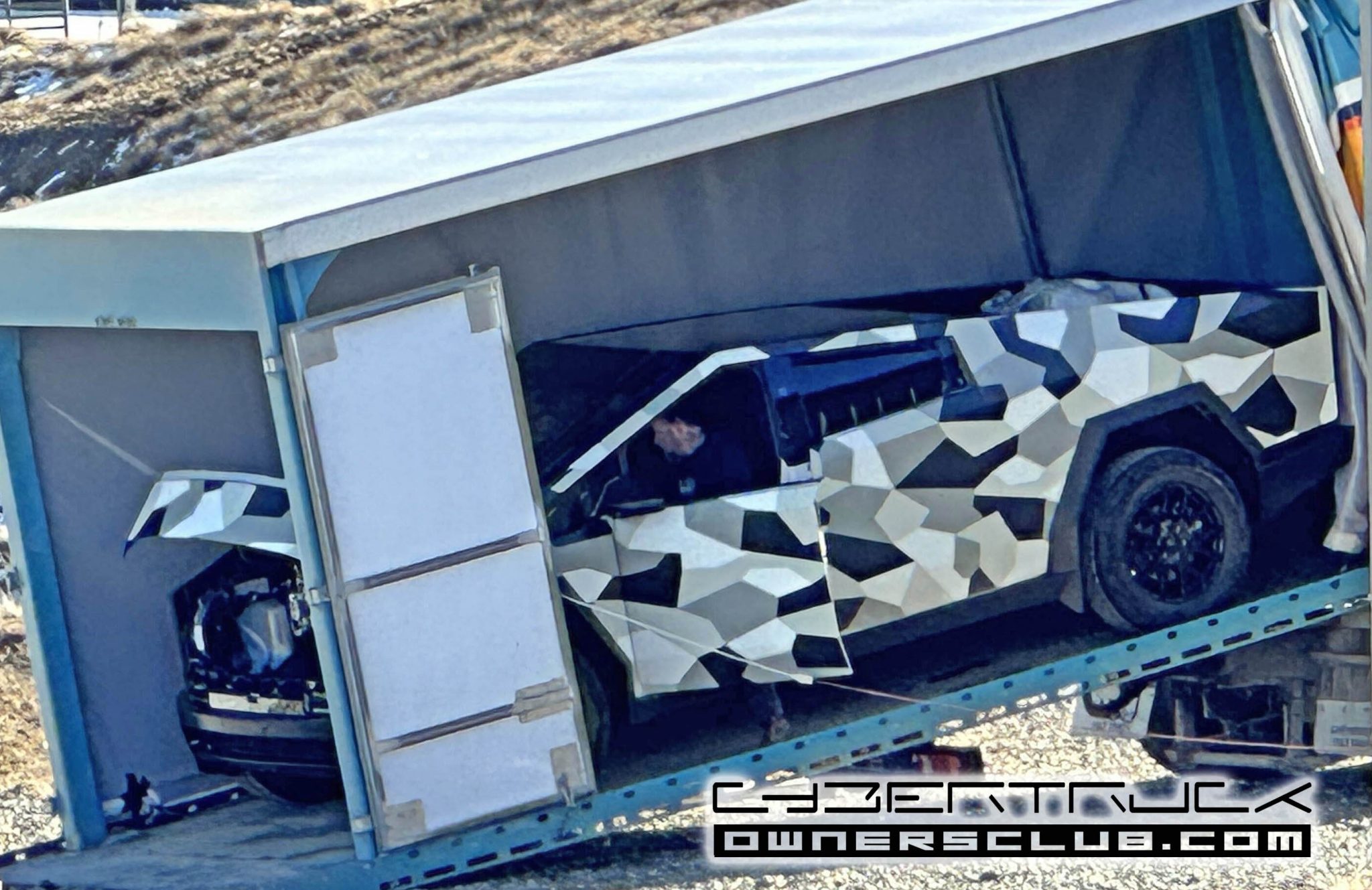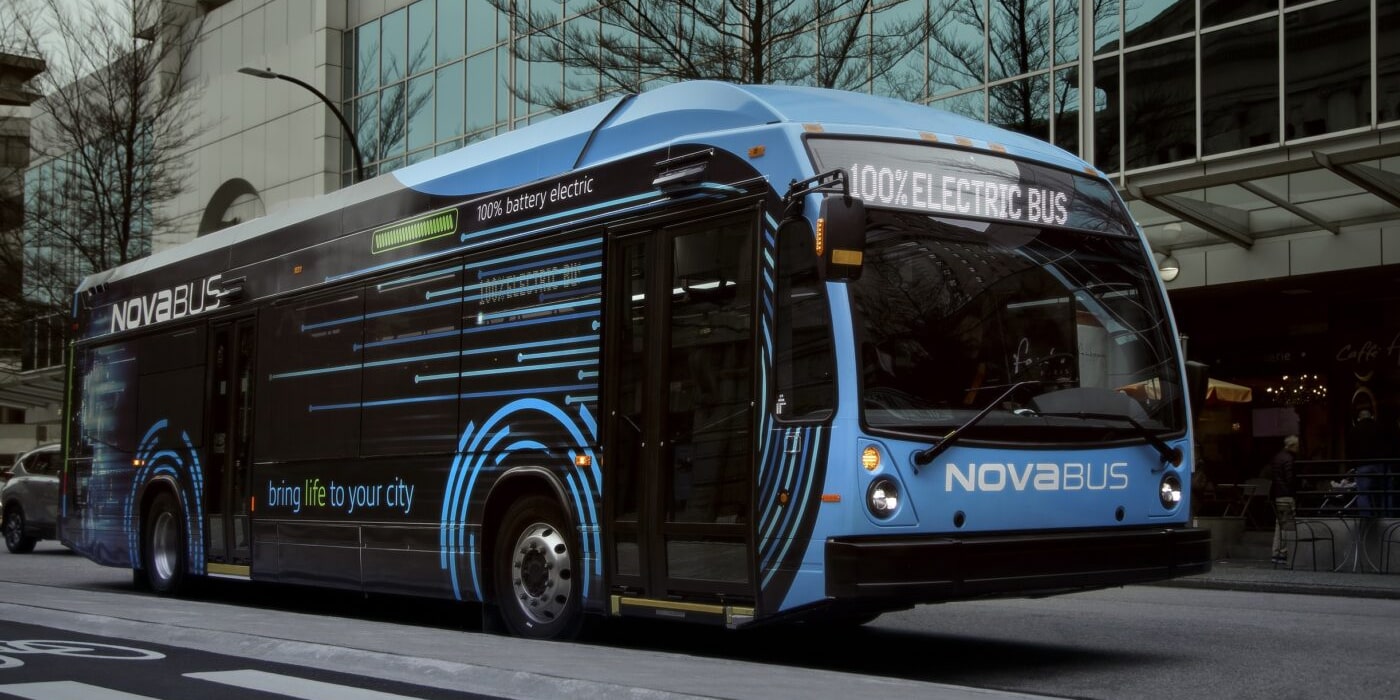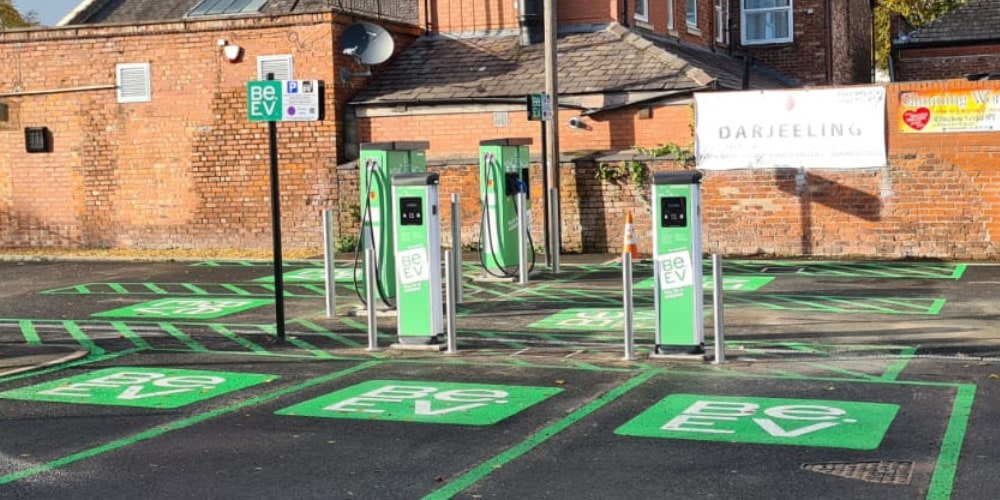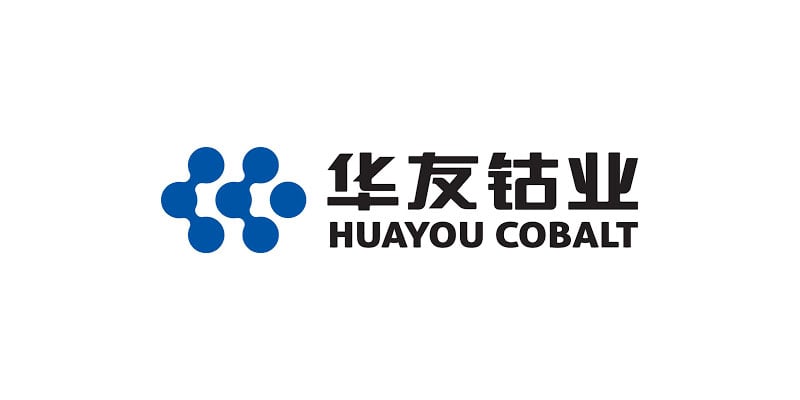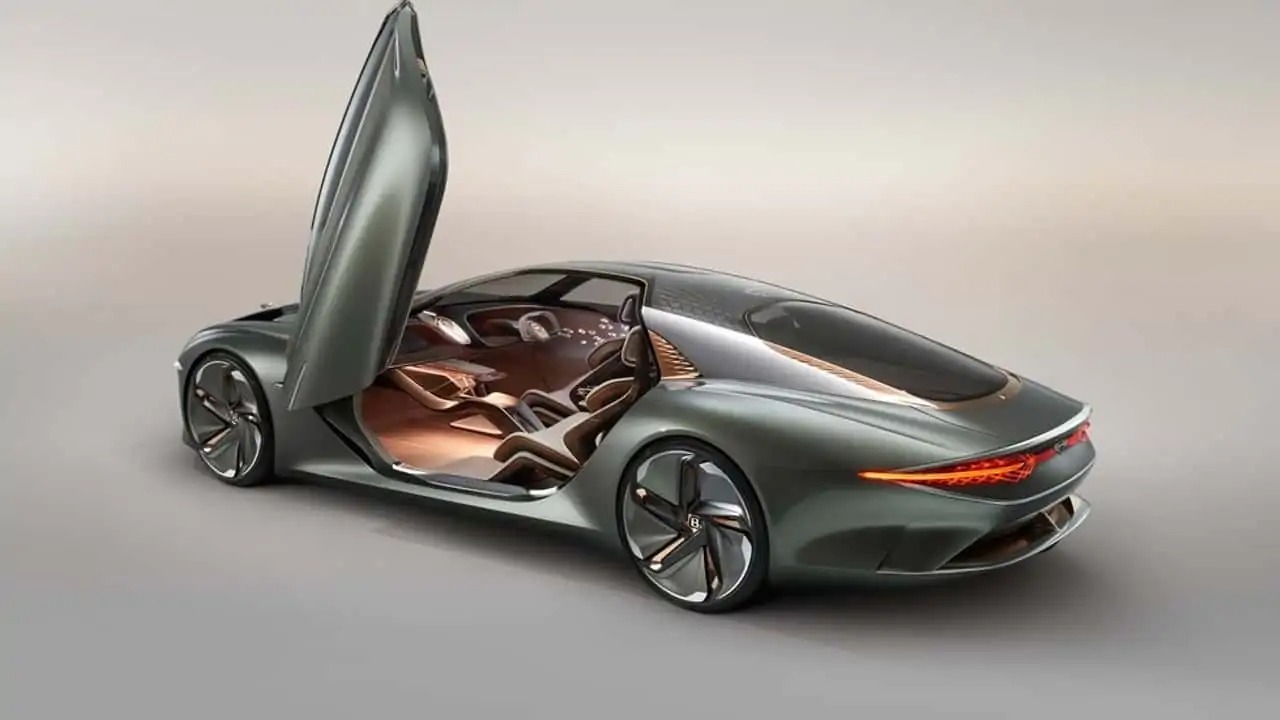German automaker Volkswagen is already shifting gears after the recent premieres of its ID.7 and ID.2 electric vehicles (EVs). Now, attention is turning towards the next big thing on the horizon, which happens to be quite small in size. Referred to unofficially as the ID 1, Volkswagen’s upcoming EV aims to be the company’s smallest and most affordable electric car yet.
In contrast to the ID.2, the tiniest member of the VW EV family will be built on a distinct platform designed specifically for electric vehicles. Embracing the spirit of its predecessor, the VW e-UP, and its conventional gasoline-powered ancestors, the ID 1 will prioritize simplicity. Its design will feature straightforward layouts, essential equipment, and performance well-suited for urban environments.
See also: Volkswagen Confident in Delivering Profitable Affordable EVs Under $27K
Volkswagen executives remain resolute in their commitment to delivering the ID 1 at a price point below €20,000 while ensuring a reasonable profit margin. Much of this ambition relies on the development of cutting-edge battery technology. The ID 1 will benefit from the significantly enhanced battery cells manufactured at Volkswagen’s plant in Valencia. However, while this appears promising at first glance, the availability of these improved cells suggests a relatively distant timeline.
Currently, the Valencia plant is slated to commence production of the VW ID.2, Cupra Raval, and a trio of Skoda models in 2025. Assuming there are no unforeseen setbacks, this places the ID 1 on track for its debut in 2026. Yet, given the potential changes that can occur over three years, the sub-€20,000 price target may be jeopardized by the extended waiting period.
Volkswagen has confirmed that the ID 1 will be built upon a dedicated EV platform, although it will share some components with the forthcoming ID 2. For instance, the ID 1 is likely to adopt the 38 kWh battery pack developed for the ID 2 as its largest battery option. This configuration should provide a minimum driving range of 322 km. To optimize affordability, it is expected that the ID 1 will utilize LFP (lithium iron phosphate) batteries, which help to reduce costs.
See also: Up close with Volkswagen ID.7 Arodynamics Design
In an effort to keep manufacturing costs in check, Volkswagen is exploring the possibility of producing the ID 1 outside of Europe. India is being considered as a potential location, although this decision would entail import tariffs once the vehicles reach European shores. Regarding the nomenclature, VW brand boss Thomas Shaefer has not ruled out naming the car as the ID 1 or ID Polo.
As Volkswagen gears up for the future, the ID 1 represents a crucial step towards making electric mobility more accessible to a broader range of consumers. With its focus on simplicity, affordability, and efficient urban driving, this diminutive EV holds the potential to make a significant impact in the automotive market. However, as development progresses, Volkswagen must navigate various challenges to ensure the ID 1’s success as a pioneering affordable electric car.

